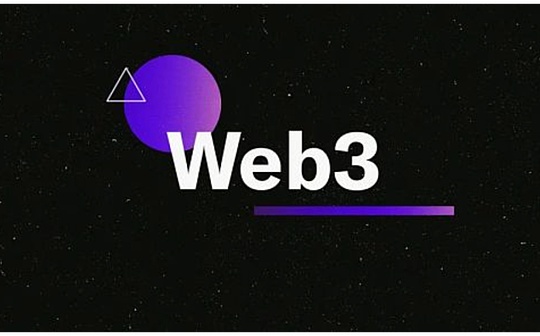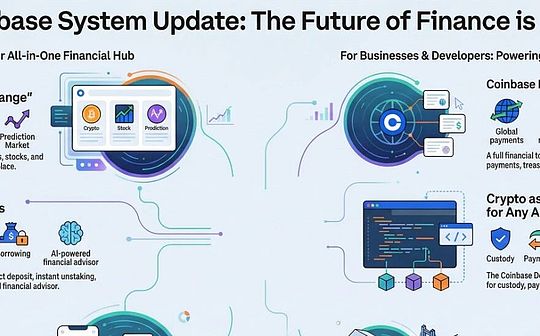
Author: Haotian
After observing the projects that have been favored in the primary investment market recently, I found a common feature: they all tend to “hybrid innovation” and use web3 technology infra to carry the proven mature business logic of the web2 business model.
For example, @go_lightyear moved the investment logic of traditional stock ETFs to Web3, @HilbertCapital specializes in digital asset quantitative strategies, @bitcoin2100m for professional allocation of crypto assets, @ElysiumLab_io for creating daily Bitcoin payment wallets, etc.
Most of these projects fall into the category of integrated innovation, which is essentially consistent with the operating logic behind some web3 projects’ “backdoor listing” and some US stock reserve crypto assets entering Crypto.
Why does this trend occur?To be honest, there are three core reasons behind it:
1) Pure native chain innovation projects encounter the ceiling.Not only is it difficult for the user scale to break through the circle, but the business model also relies heavily on Tokenomics for incentives. The key is that narrative and business design are also in a dilemma, which is obviously very passive in a sluggish market with relatively lack of liquidity;
2) The “crypto-friendly” characteristics of the regulatory environment appear.The spot ETFs of BTC and ETH, the establishment of GENIUS and CLARITY bills, the entry of FOMOs of Wall Street financial institutions, etc., have all turned crypto assets from original niche speculative targets into more mainstream financial derivatives.There is no doubt that in this case, hybrid innovation directions such as actively embracing the mature business model of traditional finance or actively looking for technology infra with web3 available will be “hot cakes”;
3) Users’ investment needs are also becoming more mature.Originally, encrypted users often care about whether the product or protocol is decentralized and rated the project according to the strength of consensus. However, with the influx of large-scale mainstream web2 people, users actually only care about whether it is easy to use, whether it is safe, and whether it is profitable or not.Therefore, the experience is simpler and products with more direct results will be more marketable.
So, what will be the next investment direction?Following this idea, we can make a judgment that the mainstream investment direction in the next 3-5 years may be centered around “cryptographic transformation of traditional businesses”?:
1. A large number of projects with “traditional business logic + encryption technology bottom” will emerge in sub-financial markets such as investment, payment, asset management, insurance, credit reporting, supply chain finance, and cross-border trade settlement.Encrypted infra tends to be hidden in the backend, just to solve the problems of cost, efficiency and transparency, while the front-end experience perceived by users is almost the same as that of traditional products;
2. Technical standardization and the “invisibility” of infrastructure will become important trends.The new infra that supports the integration and innovation of web3+web2 is no longer limited to the original Crypto Native category, nor pursues the coolness of technical concepts, but only focuses on providing reliable, efficient and low-cost encryption technology support. “Modularity, chain abstraction, etc.” is no longer a popular hot track, but it will truly become the bottom of some dazzling products;
3. Traditional financial institutions will turn to “active entry”.It is no longer simply buying coins to reserve or investing in Web3 projects, but directly using your own license, resources, and user base to localize the crypto business.For example, banks launch stablecoin payments, insurance companies to make on-chain insurance policies, and securities firms to make crypto asset custody. Such giants will bring larger funds and users, and will increase productized internal circulation, driving the gradual maturity of the industry.








